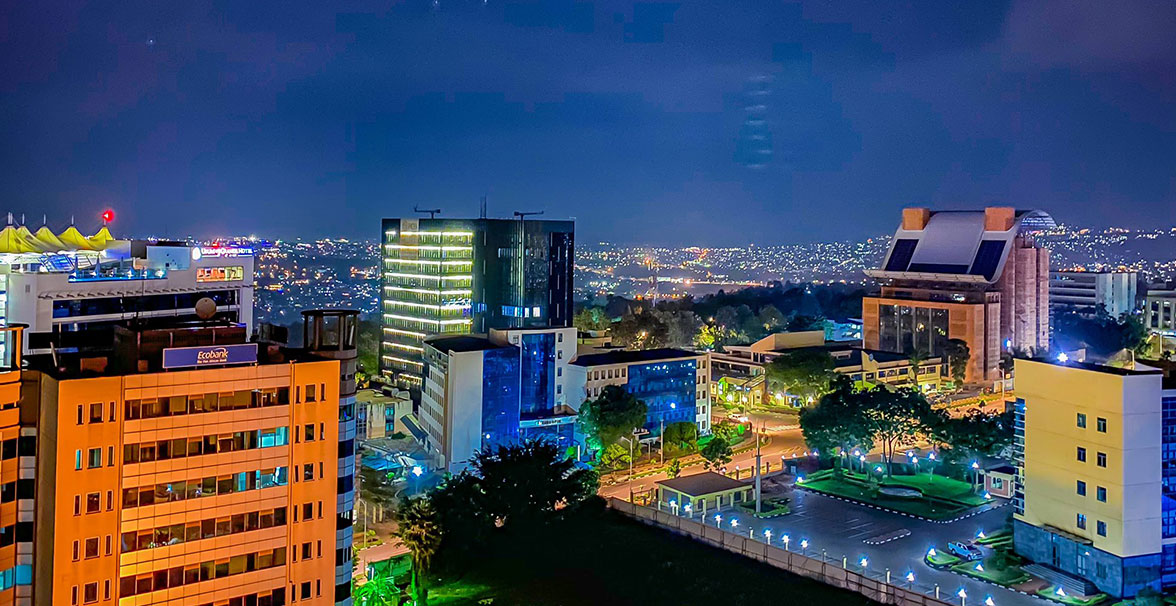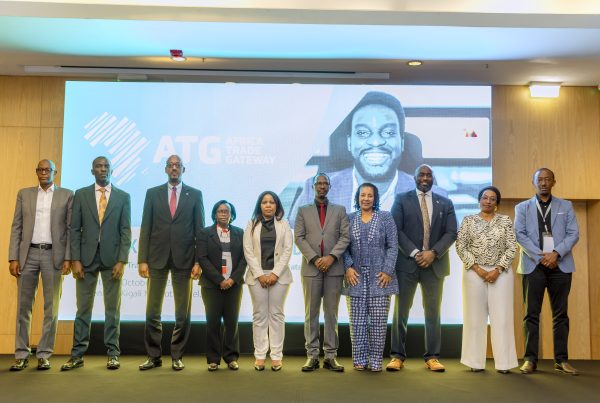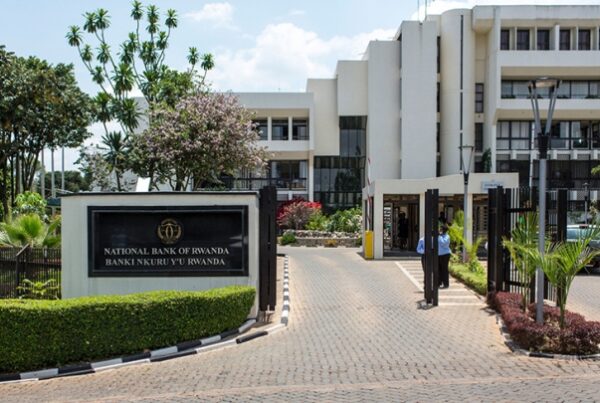Rwanda’s banking sector accelerated in the first half of 2025, with lenders reporting stronger balance sheets and a surge in earnings that outpaced credit growth. The performance underscores the sector’s resilience in a high interest-rate environment while revealing diverging strategies among large and mid-sized banks, according to data gathered by RG Partners.
Sector Expands Balance Sheets With Strong Deposits, Lending
Total banking assets climbed 10.8 percent to RWF7.64 trillion from December 2024, extending a multi-year growth trajectory. Loans and advances to customers rose 15.9 percent to RWF3.85 trillion, supported by demand from households and small businesses, while deposits grew 11.6 percent to RWF5.61 trillion, a sign of public confidence and liquidity resilience.
Profitability rose even faster. Sector-wide profit after tax jumped 26.6 percent to RWF132.2 billion, buoyed by a 14.5 percent rise in interest income, reduced impairment charges, and tighter cost management. Operating income rose 15.5 percent, suggesting lenders are not only expanding balance sheets but also improving asset yields and efficiency.
“The first half of the year demonstrated both growth and discipline in Rwanda’s banking industry,” said financial analyst. “But the divergence in strategy between large incumbents and mid-tier challengers is becoming more pronounced.”
Market Leaders Cement Dominance
Bank of Kigali, the country’s largest lender, consolidated its leadership with assets of RWF2.59 trillion and loans of RWF1.68 trillion. Profit after tax increased 12.9 percent to RWF52.2 billion, slower than the sector’s overall pace, reflecting the maturity of its balance sheet. Yet its cost-to-income ratio of 34.7 percent and return on equity of 24.4 percent remain benchmarks for operational discipline.
Equity Bank, Rwanda’s second-largest, delivered profit growth of 21.1 percent to RWF28.2 billion, with assets climbing to RWF1.44 trillion. The lender’s cost-to-income ratio of 32.7 percent is one of the lowest in the market, while its 27.3 percent return on equity highlights sustained profitability. Together, BK and Equity continue to dominate the market in scale and efficiency, setting the pace for the industry.
BPR Bank emerged as the breakout performer, posting the fastest balance-sheet expansion among large banks. Assets jumped 33.9 percent to RWF1.3 trillion and loans rose 20.5 percent to RWF748 billion. Profit soared 61.9 percent to RWF20 billion, reflecting merger integration gains and aggressive lending. Its net loans-to-deposit ratio of 87 percent illustrates its strategy of rapidly deploying customer funds to capture market share, lifting its loan market presence to 19% percent.
Smaller Banks Play Catch-Up
Mid-tier lenders showed mixed performances. NCBA registered the sharpest rebound, with profit surging 275 percent to RWF5.7 billion, though partly from a low base. Its 27.4 percent return on equity and 5.0 percent return on assets were among the sector’s best, underscoring operational gains.
I&M Bank grew loans by 23.5 percent to RWF440 billion and lifted profit 44.8 percent to RWF11.6 billion, highlighting growth momentum even as its cost-to-income ratio of 44.7 percent trails market leaders.
Ecobank and GT Bank lagged behind. Ecobank expanded lending 23.8 percent to RWF86 billion but profit rose just 7.6 percent, hampered by high operating costs. GT Bank saw profit decline 11.4 percent despite loan growth of 11.2 percent, with its cost-to-income ratio swelling to 63.8 percent, the highest in the sector.
Access Bank and Banque Atlantique (BAO) pursued conservative strategies. Access trimmed lending by 2.4 percent but grew profit 11.7 percent, benefiting from tighter risk controls. BAO cut loans by 5.1 percent yet lifted profit 58.9 percent to RWF2.7 billion, demonstrating the payoff of selective lending and efficiency gains.
Diverging Credit Strategies
The sector is splitting between lenders aggressively expanding credit and those prioritizing caution. BK, BPR, and NCBA have pursued double-digit loan growth, while Access and Ecobank have scaled back. BPR’s surge has been particularly notable, reshaping the competitive landscape as it closes in on BK and Equity in lending volumes.
Operational efficiency is also becoming a critical differentiator. Equity and BK operate below a 35 percent cost-to-income ratio, giving them more room to compete on pricing, while Ecobank and GT remain above 55 percent, limiting profitability. “Efficiency is the new battleground,” said an industry analyst. “The gap between lean operators and high-cost banks is widening, and in a tighter margin environment, that becomes decisive.”
Profitability Drivers and Capital Strength
Profit growth in the first half was supported not only by asset yields but also by declining impairments and stronger non-funded income. FX trading and fee-based revenues have become increasingly important, particularly for diversified banks such as Equity.
Capital buffers across the sector remained robust, with Tier 1 ratios well above the 12.5% regulatory minimum. GT Bank’s exceptionally high capital adequacy ratio of 43 percent reflects an under-leveraged balance sheet, capacity for expansion that has yet to be translated into growth.
Regional Context and Outlook
Compared with regional peers, Rwanda’s banking industry is delivering faster profit growth and stronger efficiency ratios. Kenya’s banking sector, for example, grew profit by 19 percent in the same period, while Uganda’s sector expanded assets by 8 percent. Rwanda’s double-digit asset and loan growth highlights both a smaller base and rising domestic demand for credit.
The outlook for the second half of 2025 is shaped by Rwanda’s Vision 2035 and 2050 development goals and ongoing regional integration. Lenders face pressures to scale up digital platforms, improve customer experience, and maintain asset quality amid economic shifts.
“Banks will need to innovate while staying disciplined,” said a market economist. “The winners will be those that balance growth with resilience, especially as competition intensifies and regional markets open up.”
As Rwanda’s financial sector matures, its banks are no longer just expanding, they are carving out distinct strategic paths. Large players such as BK, Equity, and BPR are consolidating dominance through scale and efficiency, while mid-tier challengers like NCBA and I&M are positioning for growth. The second half of 2025 will show whether Rwanda’s banks can sustain the momentum while navigating an increasingly competitive and integrated regional market.





